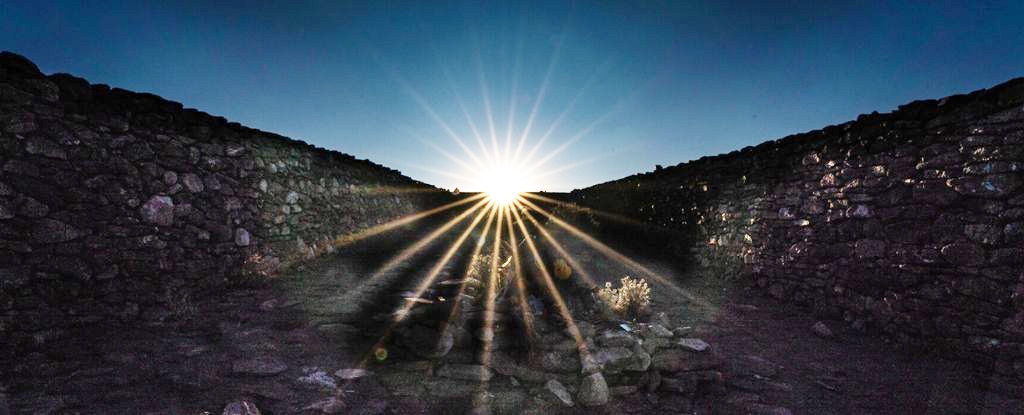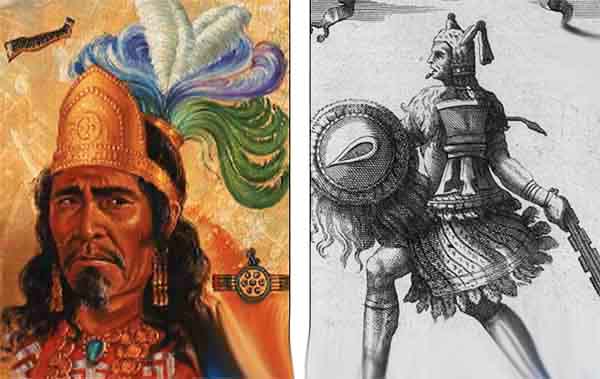
Unprecedented Survey of Aztec Obsidian Reveals Coast-to-Coast Trade Network Science Alert - May 13, 2025

The Aztec Empire once hosted an expansive trade network that brought volcanic glass to its capital from right across Mesoamerica, from coast to coast. The largest compositional study of obsidian artifacts found in the ancient Aztec capital of Tenochtitlan has now revealed the far-flung influence of the Mexica culture – the largest and most powerful faction of the Aztec Alliance.
'Lost' 1,500-year-old Teotihuacan village discovered in the heart of Mexico City Live Science - August 9, 2023
Excavations revealed three human burials, as well as ceramics and architectural structures from a settlement that existed around A.D. 450 to 650. Archeologists have unearthed the lost remains of a Teotihuacan village, including human burials, in the heart of Mexico City. Ceramics found scattered around the site, which is located 1.5 miles (2.4 kilometers) northwest of the city's historical center, indicate the village dates from around A.D. 450 to 650 and may have housed a community of artisans and craftspeople.
The Aztecs Harnessed The Sun And a Mountain to Feed Millions, Scientists Say Science Alert - December 13, 2022

A new study has shown how ancient civilizations in central Mexico might have once used specific features of their rugged landscape to mark key points in the seasons, allowing them to plan the planting of crops needed to keep a thriving population of millions alive and well. Research validates speculations that the jagged horizon peaks of Mount Tlaloc served as a way to monitor the agricultural calendar to match the seasons as per the passing of each solar year.
Have we found the resting place of Aztec rulers? Mexican tunnel that leads to sealed chambers could contain ancient royalty Daily Mail - November 23, 2015

Tunnel was discovered in Mexico City's Templo Mayor ruin complex leads into a platform where dead rulers were believed to be cremated. The blocked-up entrances will be excavated in 2016, researchers said May contain remains of Moctezuma I and successors, Axayacatl and Tízoc. One researcher detected signs that a passageway appeared to lead deeper into the ceremonial platform, known as the Cuauhxicalco. This is the location where written accounts from after the 1521 Spanish conquest indicated that rulers' remains were burned.
Ancient People of Teotihuacan Drank Milky Alcohol, Pottery Suggests Live Science - September 15, 2014
Ancient pottery confirms people made and drank a milky alcoholic concoction at one of the largest cities in prehistory, Teotihuacan in Mexico, researchers say. This liquor may have helped provide the people of this ancient metropolis with essential nutrients during frequent shortfalls in staple foods, scientists added. The ancient city of Teotihuacan, whose name means "the city of the gods" in the Nahuatl language of the Aztecs, was the largest city in the Americas before the arrival of Christopher Columbus. At its zenith, Teotihuacan encompassed about 8 square miles (20 square kilometers) and supported an estimated population of 100,000 people, who raised giant monuments such as the Temple of Quetzalcoatl and the Pyramids of the Sun and the Moon.